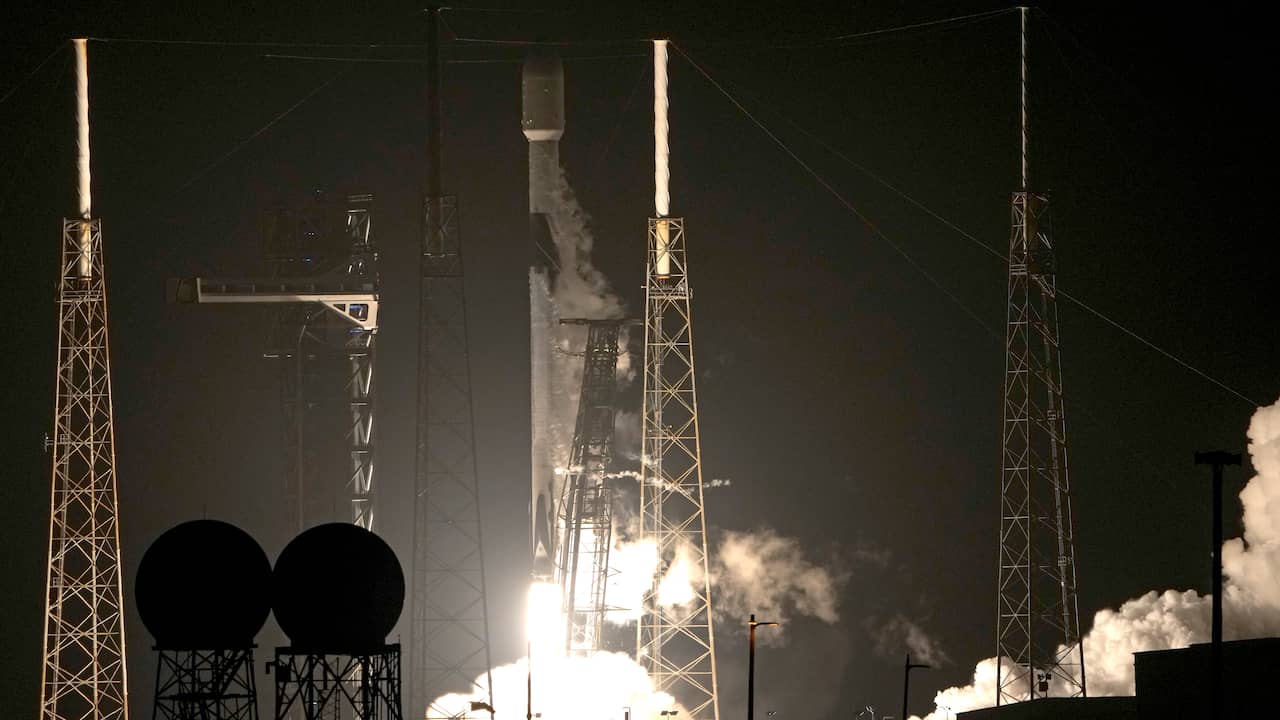A SpaceX Falcon 9 rocket carries the PACE satellite into orbit. The US space agency NASA's satellite carries enough fuel to last ten years. It constantly sends out research data that everyone can access. Five research programs around the world will work with this data.
The satellite contains the Dutch SPEXone climate camera and tools to research cloud formation and ocean color. The goal is for the Dutch camera to solve “one of the great mysteries of climate science”: What effect do very small dust particles have on global warming?
The Earth's temperature is rising due to the emission of harmful gases. But to what extent remains unclear. “We don't know exactly what the impact of dust particles such as soot, ash and desert sand is,” says Martin van Aalst, director of KNMI. “Some particles reflect sunlight, keeping it cooler. Others absorb sunlight, warming the Earth.”
According to van Aalst, we will know better what to expect in a changing climate if we map these processes with the help of a climate camera. “This is priceless.” The first results of the study are expected to appear next year.
The launch has already been postponed twice. It was supposed to be held last Tuesday, but was postponed to Wednesday. But even then it did not work out due to bad weather conditions.








More Stories
GALA lacks a chapter on e-health
Weird beer can taste really good.
Planets contain much more water than previously thought